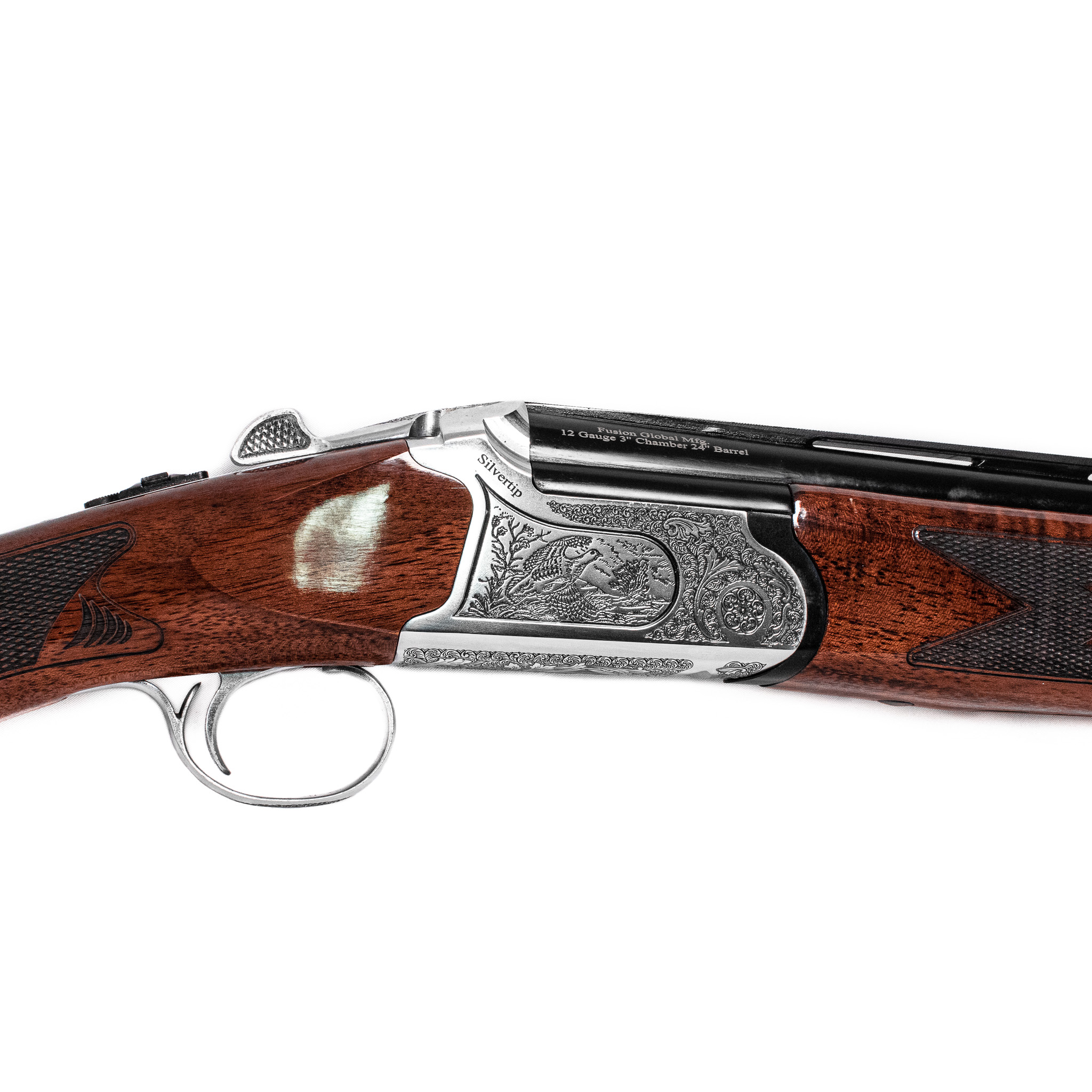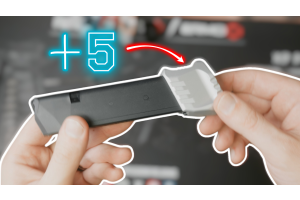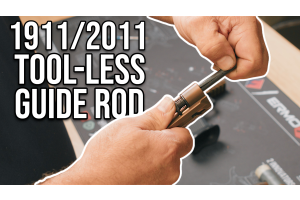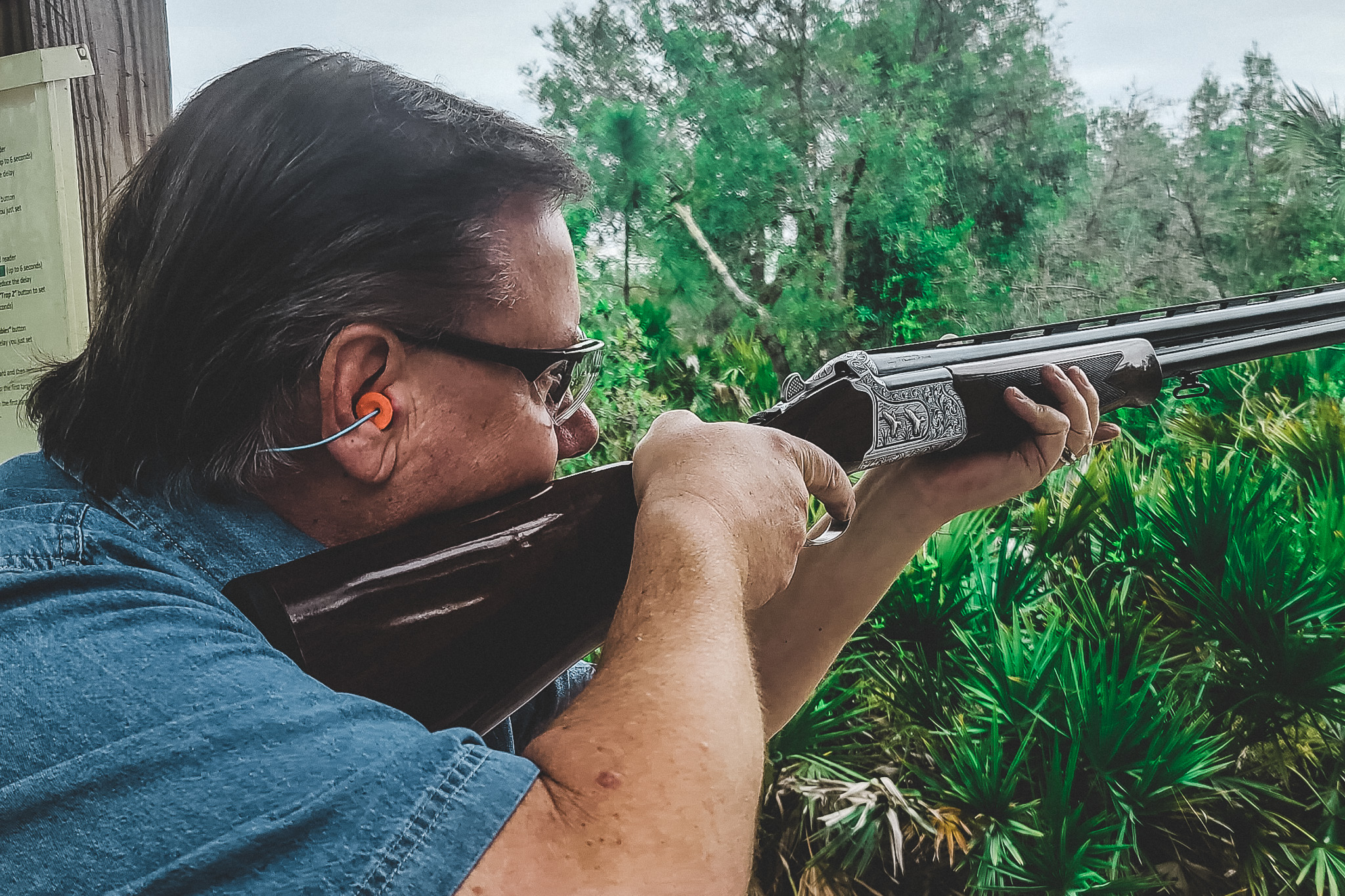
Sporting Clays: Shotguns and Techniques for Mastering the Game
0%
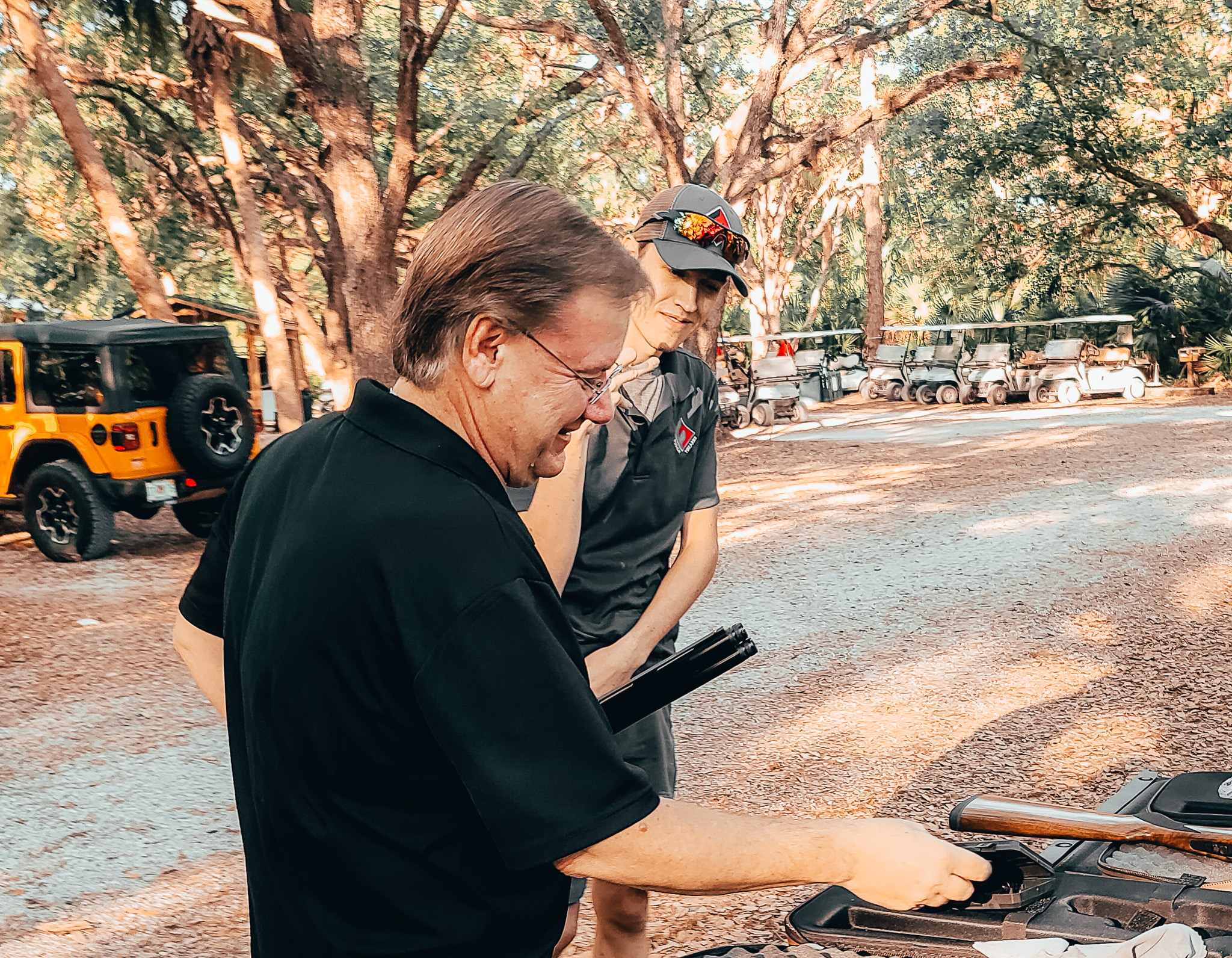
Key Takeaways:
Choose the Right Shotgun:
- Consider gauge, weight, barrel length, choke, and stock fit for your preferences.
- Balance maneuverability, recoil management, and comfort.
Master Essential Shooting Techniques:
- Proper shotgun mounting, balanced stance, and hand-eye coordination are crucial.
- Focus on lead, swing, trigger control, and follow-through for consistent hits.
Overcome Common Challenges:
- Adapt to crossing, rabbit, incoming/outgoing, high/low, and stationary/report pair targets.
- Adjust for wind and weather conditions.
Mental Preparation and Consistency:
- Visualize success and maintain a positive mindset.
- Strive for consistent technique and practice.
Practice and Perseverance:
- Regular practice is key to improvement.
- Learn from each shot and embrace challenges.
By following these takeaways, you can excel in sporting clays. Choose the right shotgun, master shooting techniques, adapt to targets and conditions, focus mentally, and practice diligently. Enjoy the journey and have fun on the field!
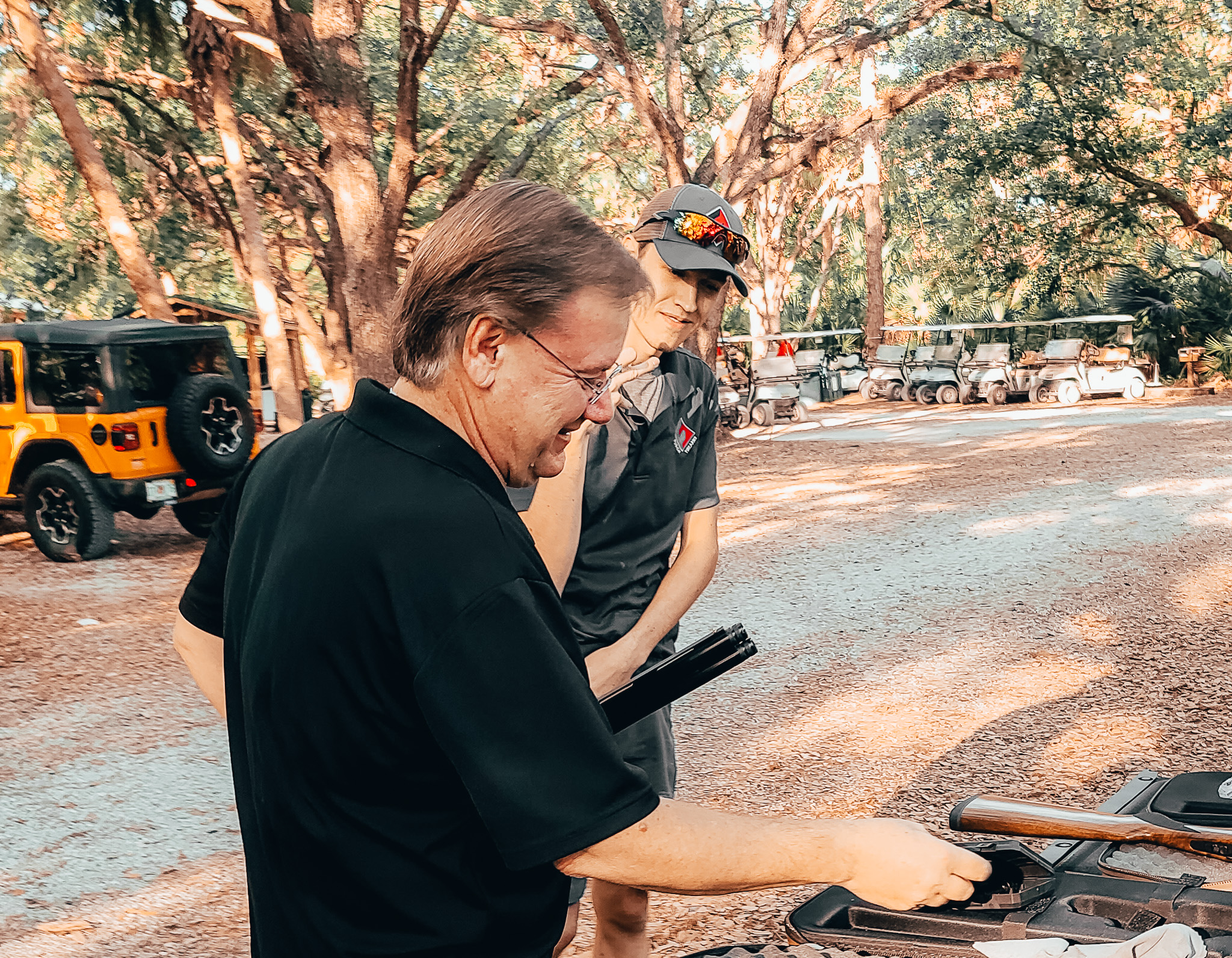

Introduction
Sporting clays is a thrilling shooting sport that challenges participants with various target presentations mimicking the flight patterns of game birds. It requires a combination of skill, precision, and adaptability to excel in this sport. One of the key factors that greatly influences success in sporting clays is the choice of shotgun and the implementation of proper shooting techniques. In this article, we will explore the different types of shotguns suitable for sporting clays and delve into essential techniques to improve your performance on the field.
Choosing the Right Shotgun
Gauge and Shotgun Weight
The gauge of a shotgun refers to the bore diameter, and for sporting clays, the most common gauges used are 12 and 20. The choice between the two depends on factors such as personal preference, physical stature, and the recoil tolerance of the shooter. Generally, a 12-gauge shotgun offers a wider range of ammunition options and more power, while a 20-gauge shotgun provides a lighter weight and reduced recoil.
Shotgun weight is another important consideration. Lighter shotguns are easier to maneuver and swing quickly, making them suitable for fast-paced target presentations. However, heavier shotguns tend to absorb recoil better, resulting in reduced felt recoil and improved follow-through.
Barrel Length and Choke Selection
Barrel length affects the balance, swing dynamics, and pointability of a shotgun. Longer barrels (28 to 32 inches) provide a smoother swing, better sight plane, and increased muzzle velocity. Shorter barrels (26 to 28 inches) offer improved maneuverability and are favored for quick target acquisitions. Ultimately, choosing the barrel length depends on personal shooting style and comfort.
Choke selection determines the spread of shot pellets and impacts pattern density. In sporting clays, a variety of chokes, such as improved cylinder, modified, and full, may be required depending on the target presentations encountered. It's recommended to experiment with different chokes to find the optimum balance between pellet density and target coverage.
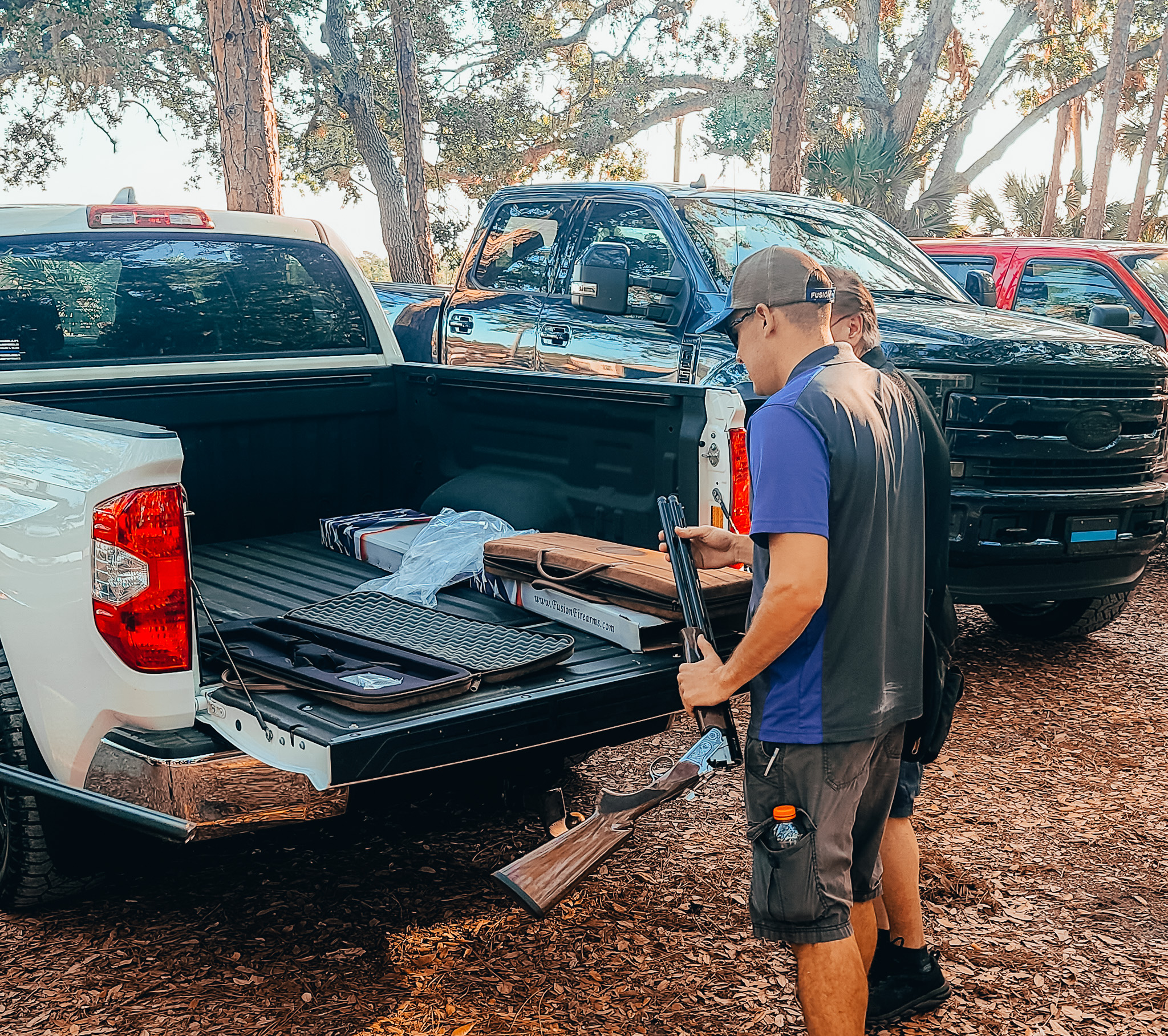

Stock Fit and Length of Pull
The stock fit of a shotgun greatly influences accuracy and consistency. A properly fitted stock ensures proper eye alignment with the rib, consistent cheek weld, and a comfortable grip. The length of pull (LOP), which is the distance from the trigger to the end of the buttstock, should be adjusted to fit the shooter's arm length. A longer LOP helps with a more stable mount and reduced felt recoil, while a shorter LOP allows for quicker mounting and better maneuverability.
Recoil Management
Managing recoil is crucial for maintaining accuracy and shooting comfort. Several factors influence recoil, including shotgun weight, gauge, load, and shooting technique. Recoil pads, gas-operated systems, and specialized recoil reduction devices can help mitigate recoil and improve overall shooting experience. It's essential to find the right balance between shotgun weight, recoil reduction, and shooter comfort.
Reliability and Maintenance
Reliability is paramount when choosing a shotgun for sporting clays. Look for reputable brands known for their quality craftsmanship and reliability. Regular maintenance, including cleaning, lubrication, and inspection, is crucial to ensure the shotgun operates smoothly and reliably.
Essential Shooting Techniques
Mounting the Shotgun Properly Proper shotgun mounting sets the foundation for consistent shooting. Start by placing the stock in the pocket of your shoulder, with a slight forward lean. Maintain a relaxed grip, keeping the trigger hand firm but not tense. Practice mounting the shotgun smoothly and consistently to your cheek, aligning your eye with the rib for a proper sight picture.
Stance and Body Position
A balanced and stable stance is crucial for maintaining control and absorbing recoil. Position your feet shoulder-width apart, with your weight evenly distributed. Stand with a slight forward lean and maintain a relaxed upper body. Your shoulders should be level, and your head should remain upright, with your eyes focused on the target.
Hand-Eye Coordination and Focus
Developing strong hand-eye coordination is essential for consistently hitting moving targets. Practice tracking targets with your eyes while maintaining a smooth swing with the shotgun. Keep your focus sharp and concentrate on the target, allowing your subconscious mind to guide your movements.
Lead and Swing
Leading the target involves predicting its flight path and shooting ahead of it to intersect its trajectory. The amount of lead required depends on the target's speed, angle, and distance. Practice estimating lead by visually tracking the target and determining the appropriate lead position for a successful shot. As you track the target, smoothly swing the shotgun through the target's path, maintaining a fluid motion.


Trigger Control and Follow-Through
Maintaining proper trigger control is crucial for accurate shooting. Practice squeezing the trigger smoothly and consistently, without jerking or flinching. Follow-through is equally important. After pulling the trigger, continue the swing of the shotgun, maintaining focus on the target. This ensures that you maintain proper form and increases the likelihood of hitting the target.
Reading the Target
Each sporting clays station presents unique target presentations. Develop the ability to read the target quickly and accurately. Take note of the target's speed, direction, angle, and potential break points. Adjust your lead and swing accordingly, adapting to the specific characteristics of each target presentation.
Mental Preparation and Consistency
Sporting clays requires mental focus, concentration, and consistency. Before stepping onto the field, visualize successful shots and mentally prepare for the upcoming challenges. Stay positive and maintain a confident mindset. Consistency in your shooting technique, mounting, swing, and follow-through is key to improving your performance.
Overcoming Common Challenges
Crossing Targets
Crossing targets involve targets moving horizontally across your field of view. Practice tracking these targets smoothly and maintain a consistent swing. Adjust your lead based on the speed and angle of the target.
Rabbit Targets
Rabbit targets simulate the ground-skimming movement of a running rabbit. These targets require a different shooting technique. Keep your shotgun lower to the ground, follow the target closely, and aim slightly in front of it to intersect its path.
Incoming and Outgoing Targets
Incoming targets are thrown toward you, while outgoing targets move away from you. Adapt your lead and swing based on the target's direction and speed. For incoming targets, start with a shorter lead and increase as the target gets closer. Outgoing targets require a longer lead to intercept their path.
High and Low Targets
High targets require you to shoot above the target's flight path. Adjust your hold point and focus higher than the target to ensure a successful shot. For low targets, maintain a low gun position and focus slightly below the target to intersect its path.
Stationary and Report Pairs
Stationary targets and report pairs involve shooting multiple targets in quick succession. Maintain a smooth transition between targets, focusing on one at a time. Practice efficiently acquiring the second target after the first shot, minimizing unnecessary movement.
Wind and Weather Considerations
Wind and weather conditions can significantly impact target flight. Learn to read the wind and adjust your lead and hold point accordingly. Be aware of how changing weather conditions, such as rain or bright sunlight, may affect visibility and adapt your shooting techniques accordingly.
Conclusion
Mastering the art of sporting clays requires a combination of the right equipment and proper shooting techniques. By choosing the right shotgun that suits your preferences and physical attributes, such as gauge, weight, barrel length, choke, and stock fit, you can optimize your performance on the field.
Equally important are the essential shooting techniques that need to be honed through practice and dedication. Proper shotgun mounting, maintaining a balanced stance and body position, developing hand-eye coordination, and focusing on the target are fundamental skills to master. Understanding the concept of lead, swing, trigger control, and follow-through will enhance your ability to consistently hit moving targets.
Additionally, reading the target, adapting to different presentations, and overcoming common challenges such as crossing targets, rabbit targets, incoming and outgoing targets, high and low targets, stationary and report pairs, as well as accounting for wind and weather conditions, will further elevate your performance in sporting clays.
Remember, consistent practice, mental preparation, and a positive mindset are essential for improving your skills and achieving success in sporting clays. Embrace the challenges, learn from each shot, and strive for continuous improvement.
So, whether you're a beginner or a seasoned shooter, applying the knowledge and techniques discussed in this article will undoubtedly contribute to your growth in the exhilarating world of sporting clays. Embrace the sport, enjoy the journey, and may every shot bring you closer to becoming a master of the game. Happy shooting!



